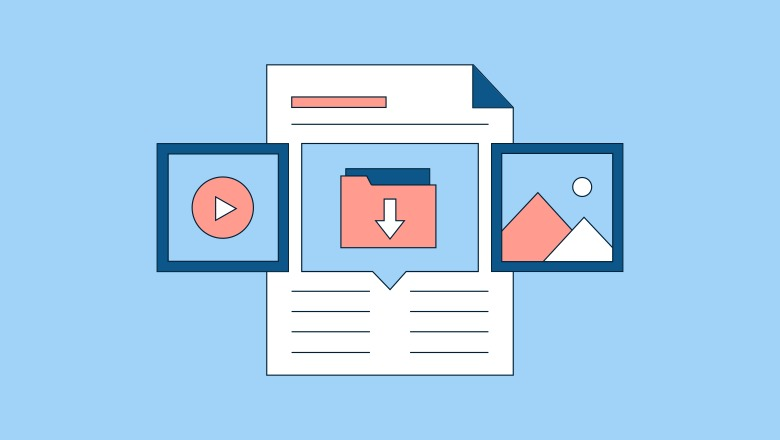How to Create a Social Media Content Calendar That Drives Engagement
- Mary Macharia

- Jun 4
- 3 min read

Inconsistent posting. Scrambling for content ideas. Missed opportunities to connect with your audience. If any of these sound familiar, it’s time to consider building a social media content calendar.
Whether you're a business owner, social media manager, or digital marketer, a solid content planning system isn’t optional; it's essential. A content calendar not only boosts your engagement rate but also helps you stay ahead with a consistent, strategic approach.
Here’s how to build a content calendar that doesn't just fill space, it drives results.
Why a Social Media Content Calendar Matters
Planning your content ahead of time offers several key benefits:
Consistency builds trust: Regular posting helps your audience know when to expect content, which increases brand recognition and loyalty.
Time-saving: A clear schedule eliminates last-minute stress and frees you up for other growth-focused tasks.
Stronger content strategy: Mapping content in advance allows you to align posts with product launches, events, or seasonal trends.
Improved engagement: Scheduled content is easier to optimize, test, and improve based on analytics.
A content calendar is the foundation of a successful social media engagement strategy.
Step-by-Step: How to Build a Social Media Content Calendar
1. Define Your Content Goals

What do you want your content to achieve? It could be:
More engagement (likes, shares, comments)
Driving website traffic
Building brand awareness
Generating leads or sales
Clear goals help shape your messaging, tone, and format.
2. Know Your Audience and Platforms

Every platform has a different user base and content style.
What kind of content does my audience engage with on Instagram vs. LinkedIn?
Should I prioritize visuals (Instagram), long-form value (LinkedIn), or short updates (Twitter/X)?
Understanding this guides what and where to post.
3. Pick Content Pillars or Themes

To stay organized, develop 3–5 recurring content themes such as:
Educational (Tips, how-tos)
Behind-the-scenes (Company culture, process insights)
Promotional (Product features, offers)
User-generated content (Reviews, testimonials)
This keeps your content strategy diverse and balanced.
4. Set Your Posting Schedule

Decide:
How many times per week will you post?
What days/times are optimal based on insights?
Start with 3–4 posts per week if you’re managing solo. Consistency is more important than frequency.
5. Plan Weekly or Monthly

Use a spreadsheet or scheduling tool to map out:
Post date
Platform
Content theme
Post copy
Media (image, video, graphic)
CTA
This step turns chaos into clarity.
Templates and Tools That Make It Easy
Here are some tools to create and manage your social media content calendar:
Free Tools:
Google Sheets: Easy and shareable
Notion or Trello: Great for visual workflow planning
Paid Tools:
Buffer, Hootsuite, Later, SocialBee: All-in-one scheduling and analytics platforms
Optimization Tips for Higher Engagement
Creating content is just the start. Here’s how to optimize your posting schedule and increase engagement rate:
Use platform analytics: Check which days/times perform best.
Mix up formats: Reels, carousels, static images, stories, polls, test what your audience loves.
Include strong CTAs: Ask questions, prompt comments, invite saves or shares.
Repurpose top-performing posts: Reframe great content for different platforms or formats.
Engage back: Reply to comments and DMs — social media is a two-way street.
A content calendar is more than a scheduling tool, it’s a system that helps you show up consistently, deliver value, and grow your brand online.
Start small. Even a basic calendar with 3 posts a week can dramatically improve your visibility and social media engagement. With the right structure and tools, you’ll not only save time but build real momentum.
Need help building your content strategy? Contact Nexa Digital Solutions and let’s turn your social media into a growth machine.



Comments